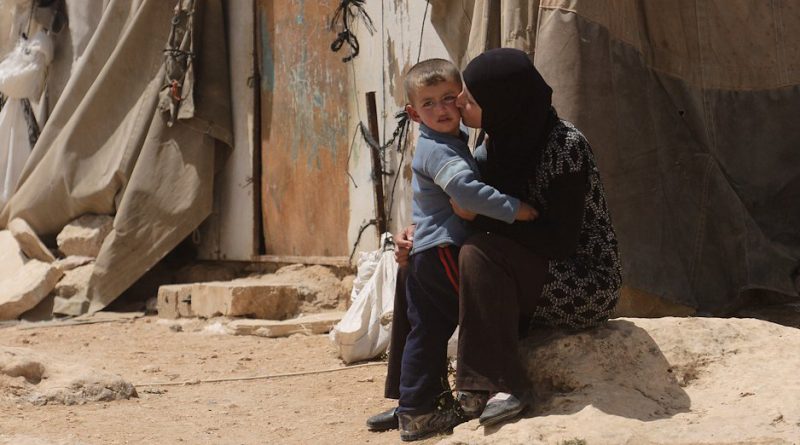Now Reading: Passive euthanasia Bill ready, but ‘living will’ may be misused: Govt tells SC
-
01
Passive euthanasia Bill ready, but ‘living will’ may be misused: Govt tells SC
Passive euthanasia Bill ready, but ‘living will’ may be misused: Govt tells SC
The Centre on Tuesday told the Supreme Court that it was vetting a draft law allowing passive euthanasia, but was opposed to permitting people to make a ‘living will’ that they should not be put on life support in case of terminal illness — as it could be misused. The ‘Management of Patients With Terminal Illness Withdrawal of Medical Life Support Bill’ has been drawn up in keeping with the recommendations of the Law Commission, Additional Solicitor General P S Narsimha told a five-judge Constitution Bench.
The Bench, comprising Chief Justice of India Dipak Misra and Justices A K Sikri, A M Khanwilkar, D Y Chandrachud and Ashok Bhushan, was hearing a petition filed by NGO Common Cause on the issue of passive euthanasia and ‘living will’.
“Passive euthanasia is the law of the land. Court findings in the Aruna Shanbaug case have allowed it. However, the government was opposed in principle to allowing people to make a will to opt against life support in case of terminal illness as the same may be misused in the case of elderly people who are treated like a burden by many,” Narsimha told the court. As laid down in the Shanbaug case, the way ahead was to allow medical boards to decide whether to allow passive euthanasia or not, he said.
The ASG was responding to the submission of the NGO’s counsel, Prashant Bhushan, that people should be allowed to make a ‘living will’ which would enable them to opt for death without prolonging their suffering. He said it could be permitted with necessary safeguards.
Bhushan contended that “euthanasia would be a part of my Article 21 right. Whether I have a right to reject treatment flows from my right under Article 21. Forcing a person to take medical treatment against their will is also a social issue. On one hand, you are short of medical facilities etc, and on another hand, you force those who are in a hopeless situation to take treatment.”
Justice Chandrachud observed that it raised a “philosophical question” on whether a person can refuse treatment. He added that “an individual who refuses to undergo treatment may become a burden on the resources of the state”.
On the benefits of a ‘living will’, the CJI said: “A person is on a ventilator. Who will take the decision to remove the life support? Everybody is in confusion. If there is a will, it is morally sustainable. When a will is made, all are free, relatives are free, doctors don’t have any inhibition that anyone will accuse them of murder. They only have to take a conscious decision.”
He also pointed to the scope for misuse of such a will and sought to know “how to prove that document”. “A healthy man can also execute a document that he is admitted to hospital and was administered treatment, but there was no use and he didn’t want to remain on the ventilator,” he said. The CJI also wondered “what is the safeguard to ensure that it is really his will and who will certify that his condition is bad.”
Bhushan replied that if the second condition was taken care of by putting in place a medical board to examine his health, there was no need to prove the first point.
The CJI also sought to explain the issue in the context of the Mahabharat. “Bhishma had the boon of Ichcha Mrityu (death when desired). It could not have meant freedom to live forever, but painless death,” he observed.
He sought to know what was the “threshold of pain” at which life support could be withdrawn. “How proximate should be the point at which the doctors take the decision and likely point of death,” he asked.
The Law Commission, under the chairmanship of Justice (retired) P V Reddy, had in its 241st report come out in favour of allowing withdrawal of life support for certain categories of people like those in persistent vegetative state (PVS), in irreversible coma, or of unsound mind, who lack the mental faculties to make decisions.
The report came in the wake of the Supreme Court’s decision in March 2011 in the Shanbaug case, in which it made a distinction between active and passive euthanasia. Shanbaug, a nurse at KEM Hospital in Mumbai, remained in a vegetative state for almost 42 years after she was sexually assaulted and choked by a ward boy. She died in May 2015.








